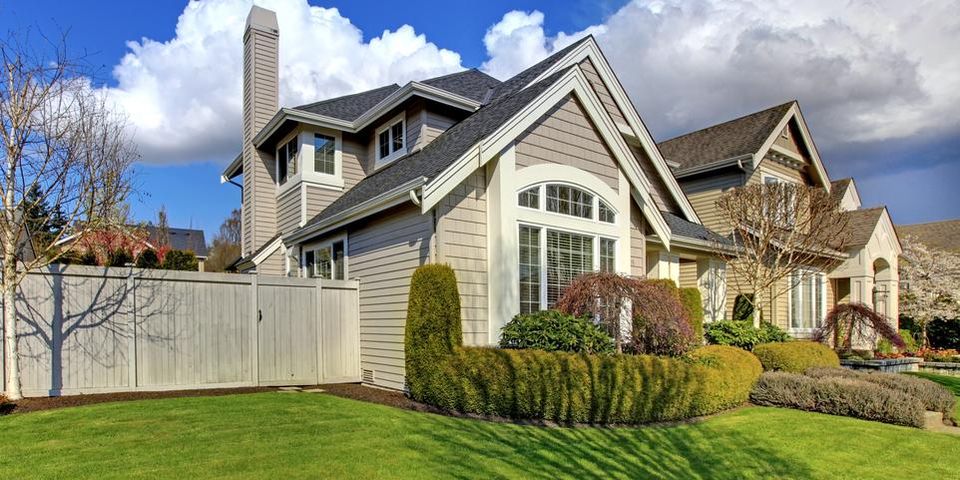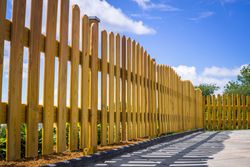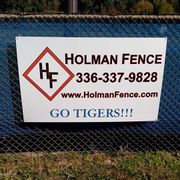
Wood and PVC fences are very common in residential properties. Both materials are uniquely attractive and durable, holding up well under the elements. If you’re planning a fencing installation, here’s a guide that will help you decide which is best for your needs.
What Are the Benefits of a PVC Fence?
PVC fencing is cost-effective, making it popular with homeowners who want durable installations when they’re working with tight budgets. It can also be easily assembled and installed, which helps keep labor costs manageable.
The material is available in a range of colors, including wooden tones. No matter its color or pattern, this type of plastic fencing is also extremely low-maintenance. Pressure-washing at least once per year will easily remove built-up dirt, grime, mold, and mildew from the posts.
What Are the Benefits of a Wood Fence?
 Wood fencing is attractive and classic. It’s also aesthetically versatile, as you can select different types of wood for the structure and paint or stain it in any color. Staining and painting also preserve the look and structural integrity of the material.
Wood fencing is attractive and classic. It’s also aesthetically versatile, as you can select different types of wood for the structure and paint or stain it in any color. Staining and painting also preserve the look and structural integrity of the material. Another benefit is that it can be customized to suit your taste and needs. While some types of PVC fences come with decorative elements, such as latticework, it’s much easier to have these custom features built into wood fences. The cost of installation and materials depends on the wood species you select, giving homeowners with different budgets some flexibility.
If you still have questions about which fencing system will work best for you, Holman Fence LLC will help. Located in Kernersville, NC, this family-owned company installs wood, PVC, aluminum, and chain-link fences. They also install automated gates to give your home maximum security. Learn more about PVC fencing and its lifetime warranty on their website or call (336) 650-9613 to schedule an appointment.
About the Business
Have a question? Ask the experts!
Send your question

